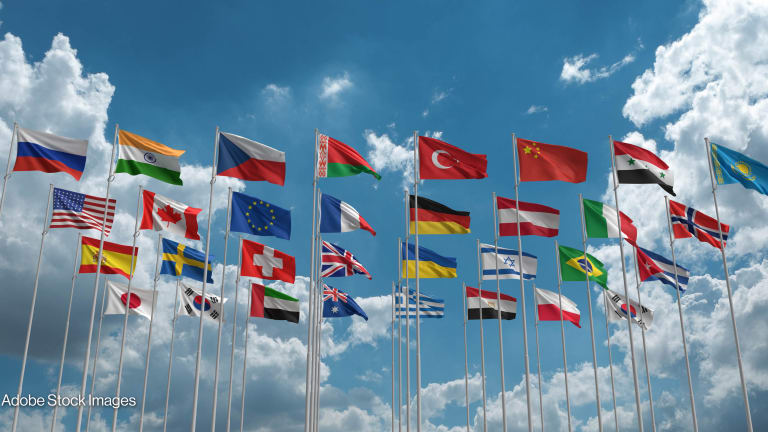Aid organizations have often pressed partner nations to ensure transparent use of development funding. But the aid community itself is mired in corruption, an expert argues.
Multiple contracting layers, very high wages, overlapping initiatives, poor design of projects, and inadequate monitoring and evaluation of projects all contribute to inefficient delivery of aid, which undermines the capacity of and governance in aid-recipient countries, according to Clare Lockhart, co-founder and CEO of the Institute for State Effectiveness.
“It is difficult for the international community to insist on transparent processes and good governance in fragile states if its own aid systems are corrupt and wasteful,” Lockhart told Reuters in an interview.
What should be done to remedy corruption in the aid system?
Lockhart underscored the need for “far greater” transparency and better mechanisms for managing aid, such as the use of fewer subcontractors, publishing information on aid activities and more competitive procurement processes .
“Greater distinction needs to be made between what NGOs [non-governmental organizations] should be doing - which could include cutting-edge policy solutions for the poorest segments of society, as well as advocacy and civil society support – and where the local construction sector would provide a more competitive service,” she said.
Read more development aid news.








